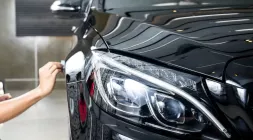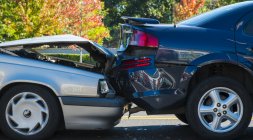How to Mitigate Night Blindness?
Follow us to get helpful tips to reduce night blindness.
During night time, the car’s headlights are very useful in providing road visibility for car owners. They allow drivers to see what’s ahead of them. It plays a major role in the safety of drivers during night time. It is also used as an indication that there are other vehicles ahead of you and behind. However, there will be cases that these headlights can cause momentary blindness for some drivers especially if the glare of the headlight catches their eyes. So, instead of safety, the glares of headlights can cause nights blindness for other drivers which can result in danger and accidents.
These frequently happen to most drivers driving during the night. To help you mitigate night blindness, Philcarnews.com prepared some tips for you.
1. Wear spectacles that have thin side frames
For drivers who wear glasses, choose spectacles that have thin side frames or customized your glasses into thin sidepieces. Glasses with wider side pieces will only cause obstruction to the driver’s peripheral vision. It is also a must for drivers to check if their peripheral vision is okay by getting an eye test or examination.
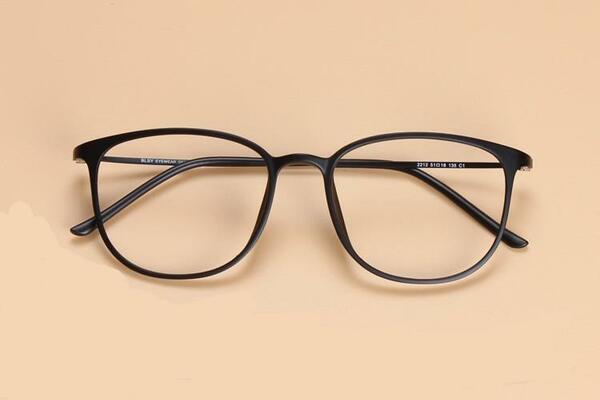
For drivers who wear glasses, choose spectacles that have thin side frames or customized your glasses into thin sidepieces
2. Drive within the headlight’s range
During the night, headlights only illuminate a limited visual range, about 60 to 90 meters ahead. Driving within the range of the car’s headlights will help you reduce night blindness. Avoid driving by what you see beyond the headlights. A car running 60 kilometers per hour will cover about 90 meters in just 4 seconds. Which is why driving at a slower speed will give you enough time to see if there are hazards or people blocking the way ahead and you'll be able to stop or avoid it.
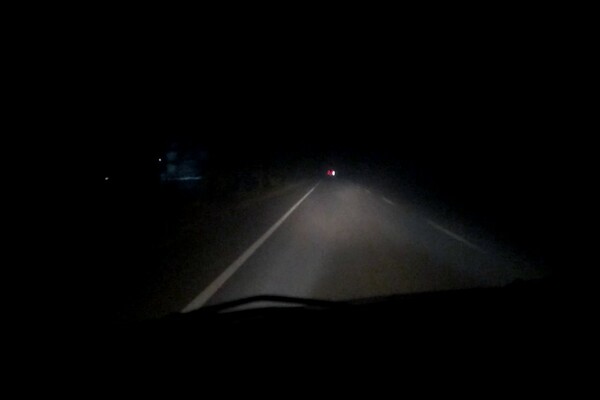
Driving within the range of the car’s headlights will help you reduce night blindness
3. Go for slower lanes
Slower lanes are safer that is why it is advisable for drivers to use the lanes especially at night. Slow lanes will prevent the lights from incoming cars to catch and blinds you. Unlike being in the fast lanes where you directly put yourself in the path of light from oncoming cars, this will make the problem worse. So, to be safe, drive on slow lanes also remember that there are lots of hard-headed pedestrians and tripping kids in the Philippine road so driving in the slower lanes will help you see them and make proper actions to stop or avoid them.
4. Clean your car’s windscreen for better vision
The dirt and grime clinging on outside of the car's windscreen contribute to the reduced night vision. However, they are not the only culprits. Even the streaks or fingerprints on the inside will scatter light resulting in reduced visibility. This is why it is very important to clean the windscreen inside and outside properly.
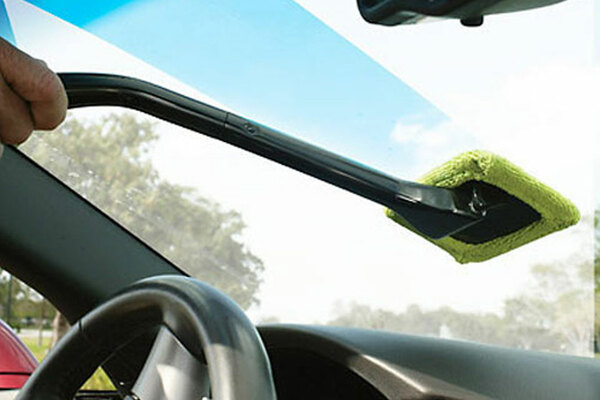
It is very important to clean the windscreen inside and outside properly
5. Level your headlights
All cars have a headlight leveling button. This can decrease or increase the reach of the headlamps. The instrument cluster lightning of some cars can also be changed or altered. It is very helpful because bright lighting can distract drivers during the night drive.
6. Seniors need more light
Whether you like or not, we can’t prevent aging. We gain more age as time goes by. In connection with that, our eye’s lenses become yellow requiring us to use more light to be able to see. Most people will notice this when they reach the age of forty. When we reach the age of sixty-five, we’ll need 2.5 times the amount of light we needed back when we were 20 in order to see details on the same level.
This is the very reason why older people are advised to drive in a much slower phase especially during the night. Too much consumption of alcohol and bad diets can also result in young adults developing premature yellowing of the eyes.
7. Minimize the glare on your car’s rearview
Glaring lights from the oncoming cars is not the only problem. Even the headlights from the cars behind can trach you via the rearview mirror causing temporary blindness. The best thing to do is to adjust the review mirror into a "night" setting. This will dim the headlights glare from the vehicle behind you. Most car models already this built-in feature to make use of it while driving at night. Headlight glare falling in the rearview mirror does not only distract most drivers, but it can also affect people who experience night blindness. It often results in a temporary condition in which the driver can't see at all.
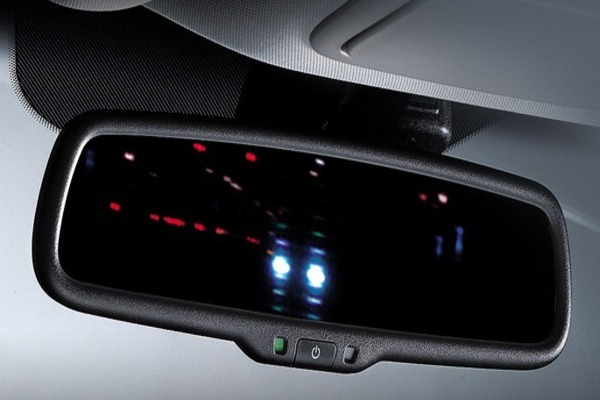
Even the headlights from the cars behind can trach you via the rearview mirror causing temporary blindness
8. Dietary considerations
If you’re suffering from night vision problems or have weak eyes, it is best to eat green vegetables like collards and spinach. They have high lutein and zeaxanthin content. These nutrients are essential for healthy eyes. To reduce eye problems, one should avoid drinking and smoking, but a daily glass of red wine is fine.
In addition, excessive consumption of sugar and carbohydrates and hydrogenated oils should also be avoided. If you’re vitamin A deficient, including liver, fish oil, and dairy products in your daily diet is the solution.
9. Avoid driving at night
If you’re fully aware that you have night blindness, then avoid driving at night. Postpone the driving until the next morning. It is safe for you to drive only during the daytime. If you really need to travel at night, it is best to hail a ride or ask someone to drive for you. Even places with good lighting condition present in most cities can cause difficulties for a person with night blindness.
10. Don’t look and stare into headlight glares
When there’s an oncoming traffic or encountering glare turn your head from side to side. This will help in making up the lost vision occurring at night. It is also advisable to avoid looking directly at the lights of an oncoming vehicle. Keep your eyes on other objects or focus on the road. Look on the side edge of the road. This will prevent you from being blinded by the lights from the oncoming vehicles.
It’s important to mitigate night blindness not only to avoid discomfort but also to be safe. Temporary blindness during the night can pose a great threat to you and to other people. If you’re fully aware of your night vision difficulties, it is best to avoid driving at nighttime. Being a driver, you should prioritize your safety above anything else.
>>> Click to get more tips and advice for safe driving
Tag:
Driving at nightRECENT ARTICLES


